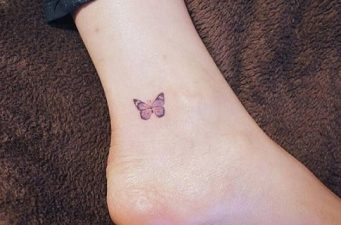Scoliosis, characterized by a sideways curvature of the spine, often appears during puberty. However, it can affect individuals at any stage of life. Early diagnosis is essential in managing the condition effectively. Here, we delve into the different ways to check for scoliosis, from self-tests to consulting with a healthcare provider.
Initiating the Scoliosis Check
How to Check Scoliosis
Checking for scoliosis initially involves observing the symmetry of the body. You can look for uneven shoulders, waist, or hips, and a noticeable curve in the spine. However, a professional evaluation is necessary for an accurate diagnosis.
How to Check if I Have Scoliosis
If you suspect that you have scoliosis, start by conducting a visual self-examination to identify any asymmetry in your body. Next, reach out to a healthcare provider for a detailed assessment which may include physical examinations and diagnostic tests.
Undergoing Scoliosis Tests
How to Test for Scoliosis
A healthcare provider typically performs a series of tests to diagnose scoliosis, including a physical examination and a neurological examination to check your muscle strength, reflexes, and areas of numbness. The Adam’s Forward Bend Test is a common physical test where you bend forward at the waist, allowing the examiner to assess any abnormal spine curves.
Self Scoliosis Test
While a self-test cannot replace a professional diagnosis, it can help you decide whether to seek medical attention. The self-test involves standing in front of a mirror and checking for any unevenness in the shoulders, hips, and waist. You can also perform the Adam’s Forward Bend Test at home to identify any prominent spinal curvatures.
X-ray Diagnostics
X-ray View for Scoliosis
When a healthcare provider suspects scoliosis, they often recommend an X-ray to get a detailed view of the spine. X-ray images can reveal the degree of spinal curvature and help in identifying the type of scoliosis you may have.
X-ray Images of Scoliosis
Analyzing X-ray images is a critical step in diagnosing scoliosis. The images can show the exact location and severity of the curve. The Cobb angle measurement, derived from the X-ray images, is used to quantify the degree of scoliosis, guiding the treatment plan accordingly.
Conclusion
Checking for scoliosis, whether through self-examination or with the assistance of a healthcare provider, is the first step towards managing the condition. While self-tests provide preliminary insights, a detailed examination including X-ray diagnostics offers a comprehensive view of your spine health.
Remember that early detection can pave the way for more effective management strategies. If you suspect that you or someone you know might have scoliosis, don’t hesitate to reach out to a healthcare provider for a detailed assessment. It is always better to err on the side of caution when it comes to matters of health.











